When Anthony Wills opened Kilchoman Distillery in 2005, it was the first new distillery Islay had seen in 124 years. Finally, after more than 12 decades, Bruichladdich and Bunnahabhain weren’t the new kids anymore. Kilchoman is the manifestation of a beautiful dream: to create Islay whisky as it was made 200 years ago with a focus on provenance. Small batches, locally-grown barley, floor maltings, everything done by hand – for a 21st-century distillery, this new kid sure has an old soul.
Unlike every other distillery on Islay, Kilchoman (pronounced kill-HO-man) isn’t located on the coast. It’s a landlocked, farmhouse distillery in the west of Islay. Truth be told, it makes perfect sense. The barley they use to make their whisky is grown nearby, and, when they’re done mashing, the spent draff is given to the farm animals for feed. This is the environment in which whisky-making began. Farmer’s with left-over barley used it for distilling in the winter months to eke out a bit more profit from the harvest. In time, whisky distilling became its own profitable enterprise and demand grew, forcing purpose-built distilleries with access to large amounts of fresh water. You might say Kilchoman is trapped in amber.
The distillery hides in largely unpopulated land west of the road to Bruichladdich. The image of smoking pagodas is so strongly attached to seaside imagery that it’s startling to see it in the midst of farm fields. Not surprisingly, the distillery looks like a farm with all of the action mainly taking place in one building. Another building is used for offices, a gift shop, and a nice café, and the final building is used as the warehouse and bottling plant. If the term “boutique distillery” could describe any distillery in Scotland, perhaps it fits Kilchoman the best. By producing 100,000 liters of spirit/year, they’re one of the smallest distilleries in the country. And they won’t be getting any bigger; Kilchoman occupies a small parcel of land leased from a local farmer with whom relations could be warmer.
I arrive to Kilchoman excited to meet John MacLellan, the general manager of the distillery since April 2010 and the manager of Bunnahabhain for 21 years prior to that. We meet in Kilchoman’s beautiful gift shop and chat about his past. He’s an Ileach who put a lot of heart and soul into Bunnahabhain, but was ready for something different. Enter Kilchoman and what must be a dream job for any distiller. John is exceedingly nice, full of quiet charm, and known to throw out some particularly hilarious quotes that would be inappropriate for me to share here. He does tell me that Kilchoman never gives you a hangover, however.
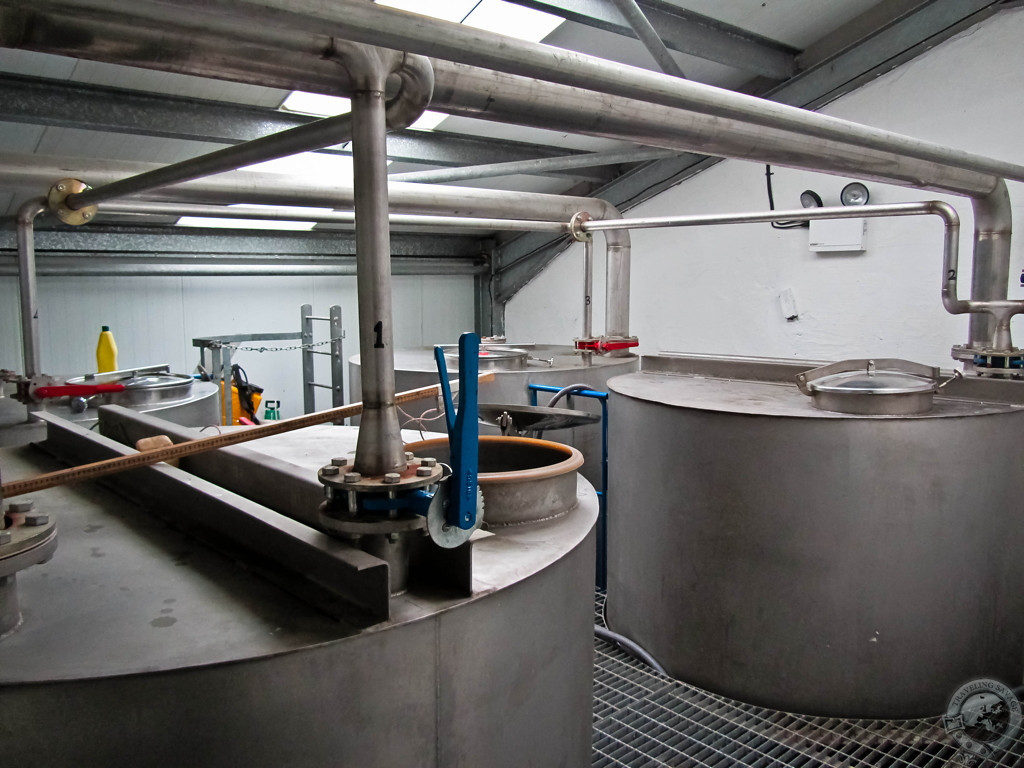
Our first stop is a space the size of a large garage where they malt their barley. A two-ton load of barley is germinating on the floor, and John explains that they’re making two types of whisky these days: 100% Islay and their commercial seasonal releases. The difference is in where the barley comes from. The 100% Islay release uses barley – you guessed it – grown on Islay while the commercial release uses barley from the mainland that’s kilned at the Port Ellen Maltings in the south of Islay. Their Islay barley is grown nearby, and John and his crew kiln the barley with peat on site. It’s all done by hand, and anyone in the industry would say Kilchoman is wasting money the way they’re making whisky. It doesn’t faze Anthony or John – they’re staying true to the vision of Kilchoman.
We proceed to the tidy and centralized mash/stillhouse. Much like Benromach and Isle of Arran, the stills and mash tun are in the same room with the stainless steel washbacks just around the corner. The Feng Shui feels so right compared to some of the distilleries I’ve visited where you’re walking and climbing for ages to get to the next part of the plant. This is one of the benefits of being a small-scale distillery. John explains how the mash tun, stills, and condensors were all purpose-built for Kilchoman. I’m kind of shocked – I’ve only ever heard of reusing old equipment from dismantled distilleries. Anthony’s vision was not just for making whisky in the old style, but also of a particular character to the spirit. The stills, which do contribute to the final flavor and style of the whisky, were designed to produce this character and have a high level of reflux, which means more copper contact for the spirit and ultimately a lighter body and mouthfeel for the final product.
On the way to the warehouse, I meet an American who John tells me has been learning how to make whisky all week long. For £500 you can spend five days with the guys of Kilchoman learning the trade and living the dream. It’s on my to do list. The warehouse is small and just as tidy as the rest of the operation, but some of Kilchoman’s stock ages at Bruichladdich, Bowmore, and Port Ellen. Most of the whisky is lounging in American oak barrels from Buffalo Trace Distillery in Kentucky, though I spot a few Sherry hogsheads and Madeira casks here and there. In a small room off of the warehouse a man is putting labels on bottles of Kilchoman that will be sent to France.
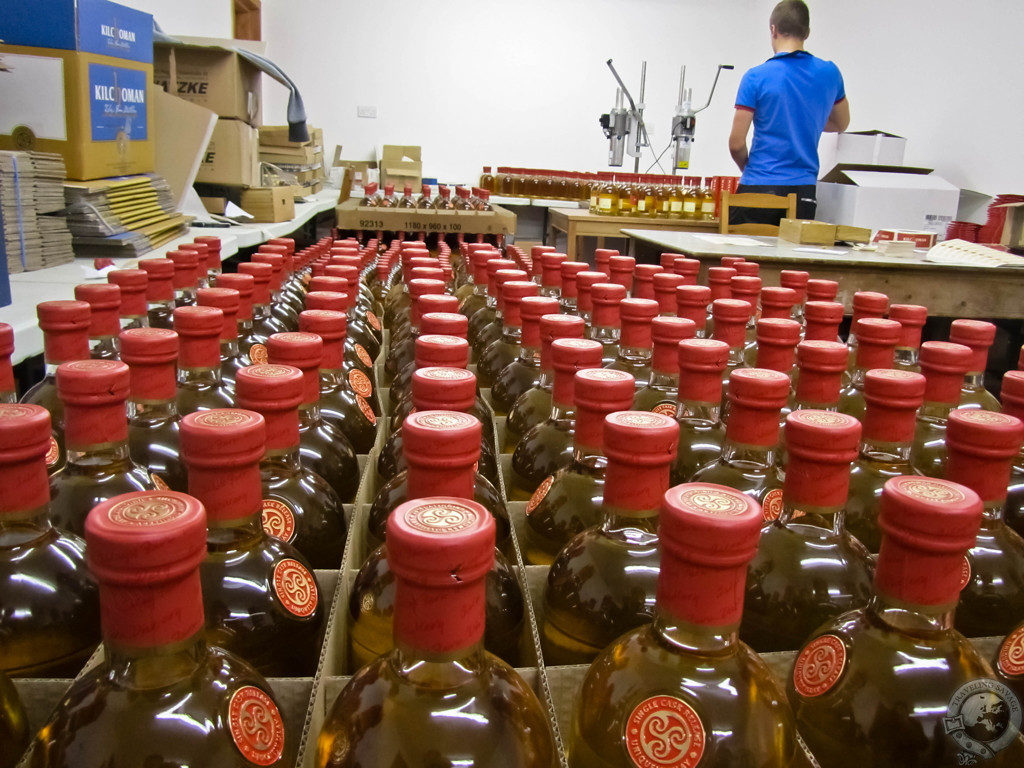
Back in the gift shop John pours me a couple drams. The first is their inaugural 100% Islay, which is three-year-old whisky and bottled at 50% ABV. At three years old I expect the whisky to be hot and rough, but this a smooth dram with lots of flavor buds waiting to bloom over time. The nose is a light mixture of citrus fruit and peat smoke while the flavor is malty sweetness followed by soft smoke and tropical and citrus fruit.
The second dram is the Spring 2011 Release using commercial barley, which is a mixture of three- and four-year-old whisky aged in ex-Bourbon barrels. The four-year-old part of the whisky also spends five weeks in Sherry butts before it’s bottled, and that’s where the surprisingly dark color comes from. It’s lower strength at 46% ABV but more highly peated, and the nose shows this off with a mixed bag of fruit. On the palate there’s a creamy sweetness like caramel or butterscotch, wafts of peat smoke, and tropical fruit. These are impressive flavors for such young whiskies.
There’s a quiet excitement at Kilchoman. They’re just now bottling three-, four-, and five-year-old single malts, and six year olds are just on the horizon. Most single malts are a minimum of 10 years old but already Kilchoman is receiving accolades for their product. There are high expectations among whisky aficionados, and some even say Kilchoman might be the best of Islay in ten years’ time. Kilchoman sees themselves as a top-shelf whisky. Their production costs are high – they employ a large 13-person team – and the whisky is not cheap. But this is a special time for whisky and especially Islay fans – we’re watching a new distillery come of age. The next five years are going to be very interesting, and, if you’re drinking Kilchoman and believe John, bound to be hangover-free.
Disclosure: I arranged the visit with Kilchoman. The tour and tastes were provided complementary by John. All thoughts and opinions expressed here are my own.

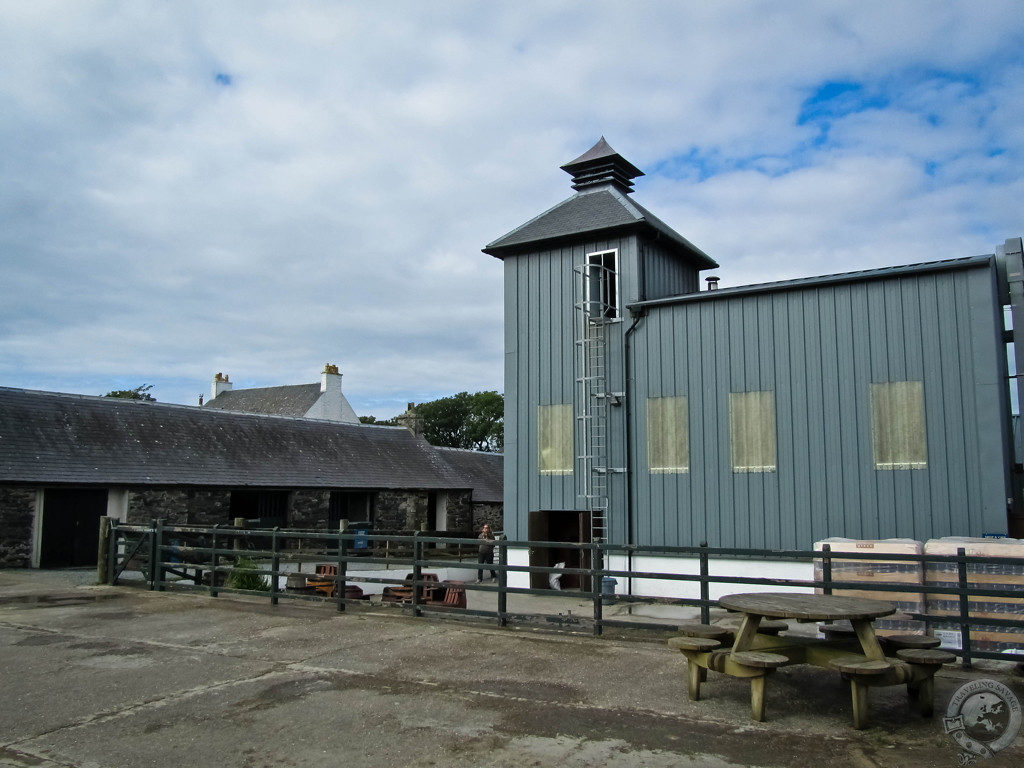
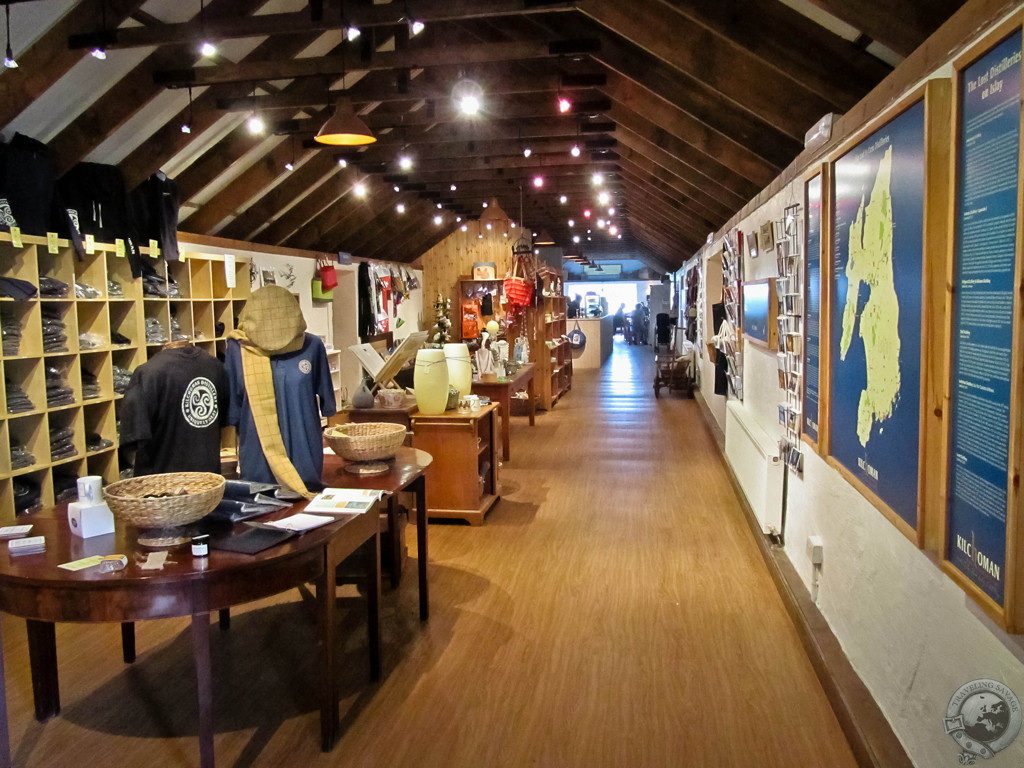
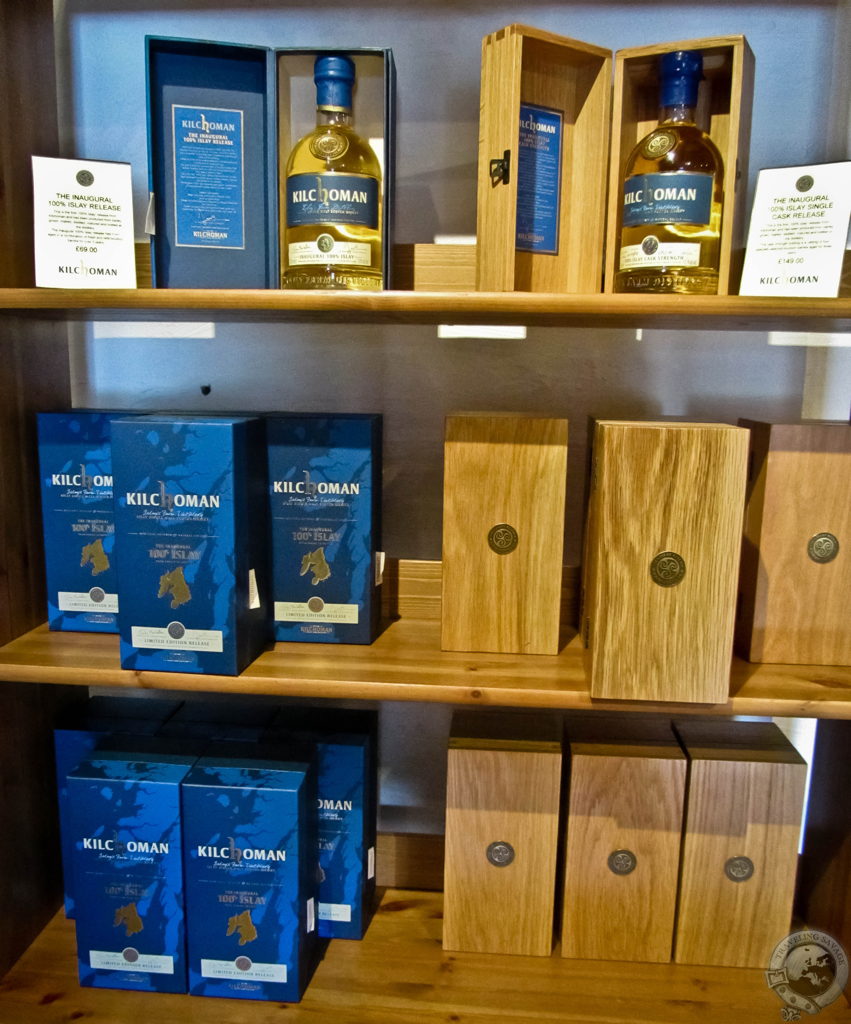
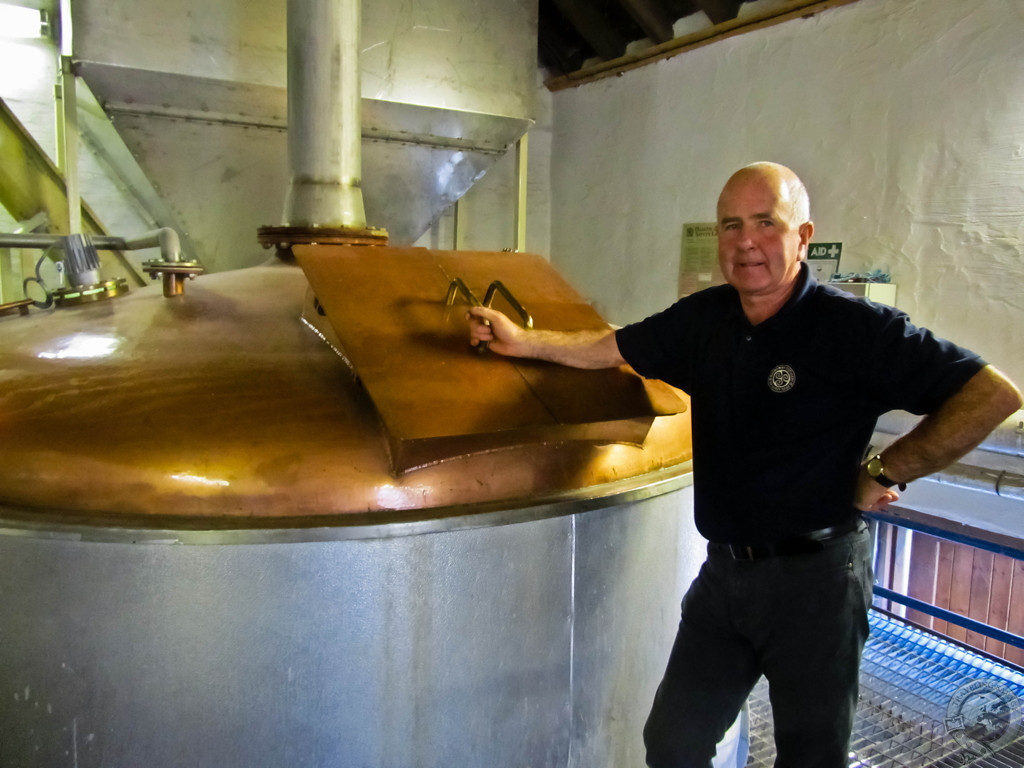
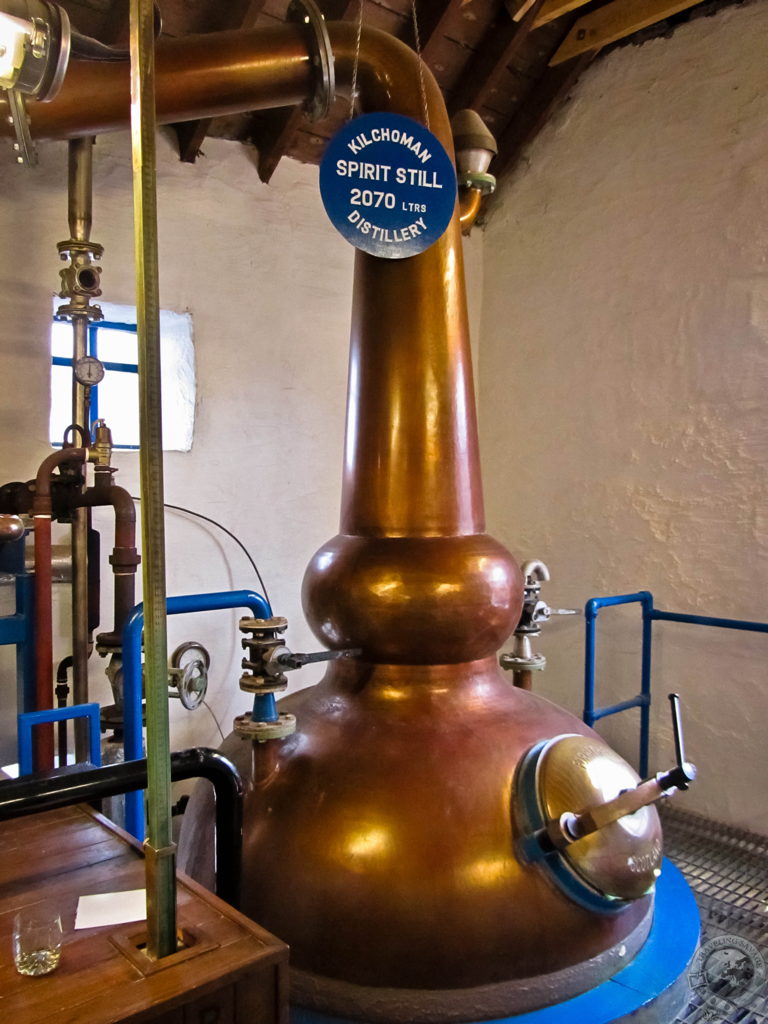
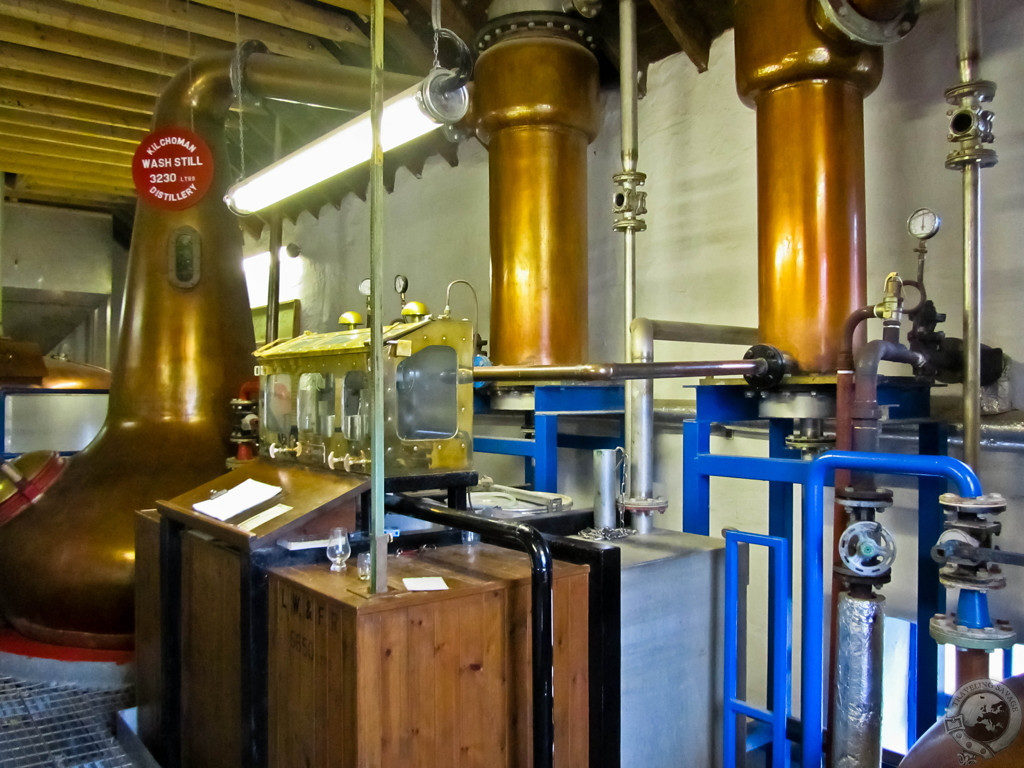
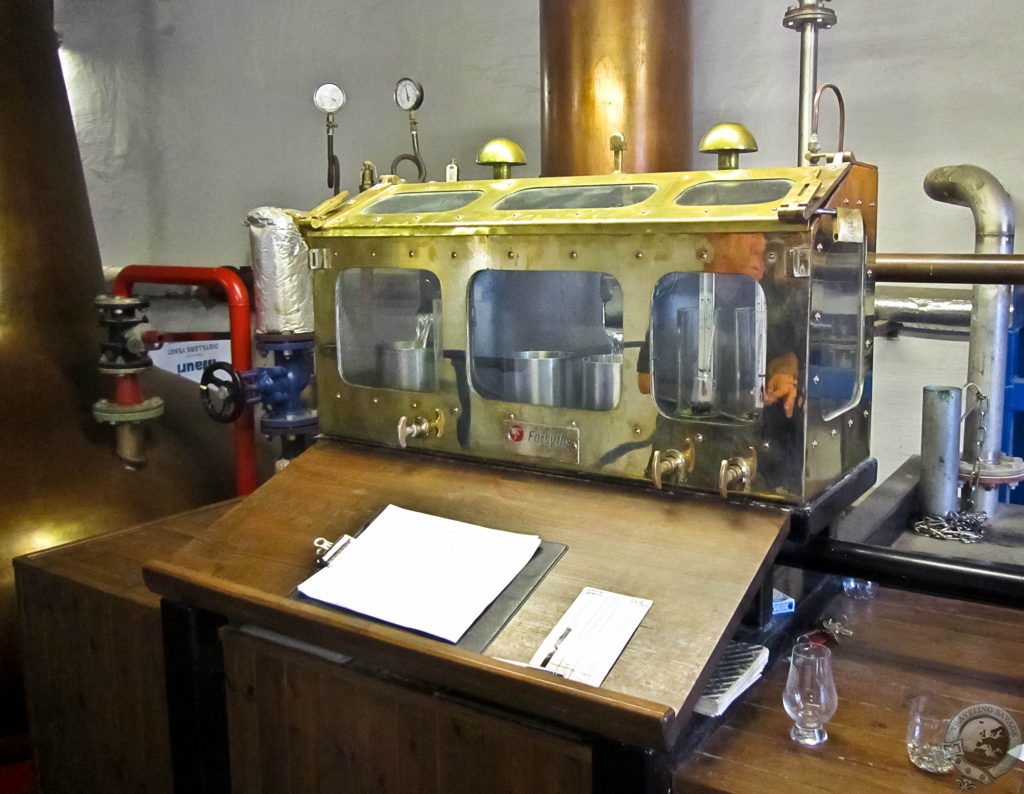
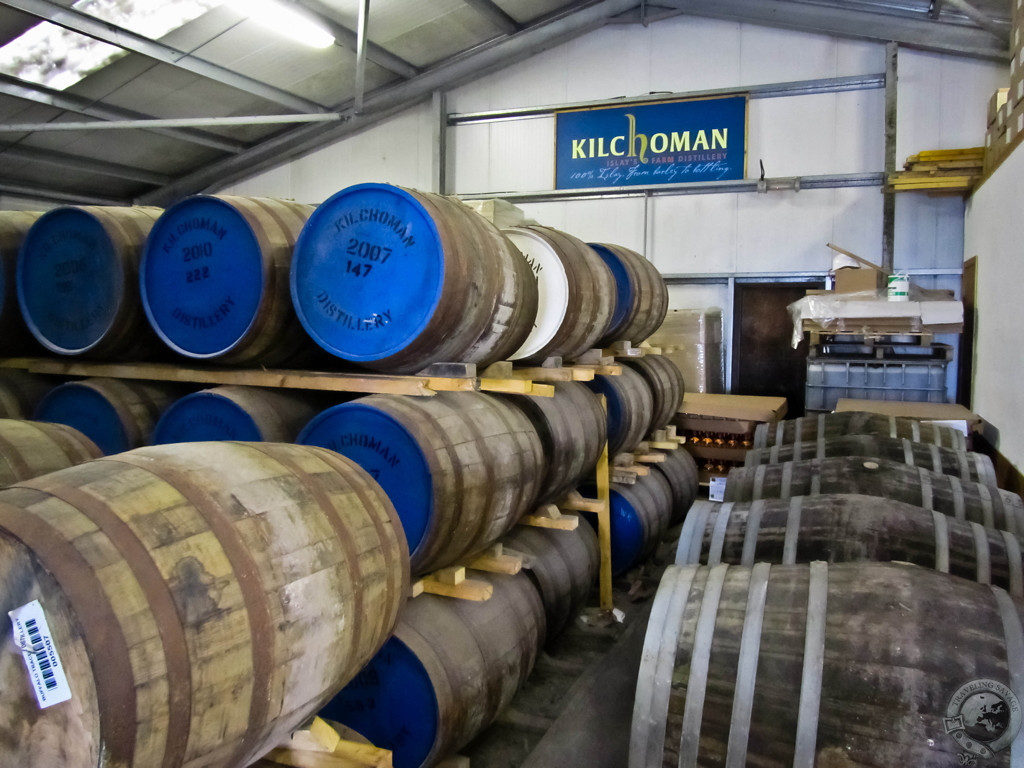
I’ve been to Islay and even to the Kilchoman distillery. There whisky is really good, particularly given it is so young. I hope to see (and taste!) a lot more from them in the future!
I don’t think there’s any worry Kilchoman will fall off the map at this point. I expect them to become extremely well known in the next five years.
This is really well written! I’m not a whisky fan, but now want to visit this distillery!
Great to hear that Kristin!
When is Killhoman coming to Canada sounds like a great whisky looking forward to it.
Chris
Hi Chris, according to this page Kilchoman is already distributed in Canada.